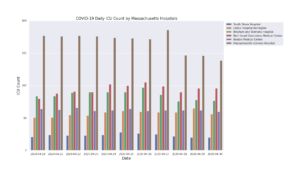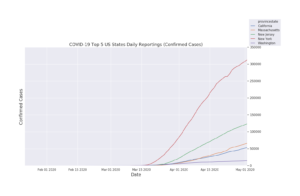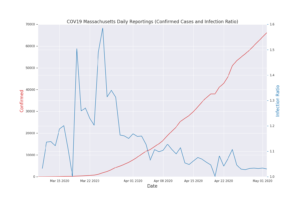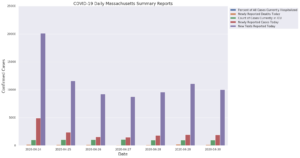AI and ML Meets DevOps – Part V
What challenges are ML Engineering team facing? Key success factor that defines a ML Engineering team is that they have access to Data and then they have automated their software engineering to achieve agility and efficiency in delivering value to the business. A ML Engineering team faces following challenges in two broad category. DataOps – Data Engineering Data collection from different sources and extraction Data pipelines that primes for…










